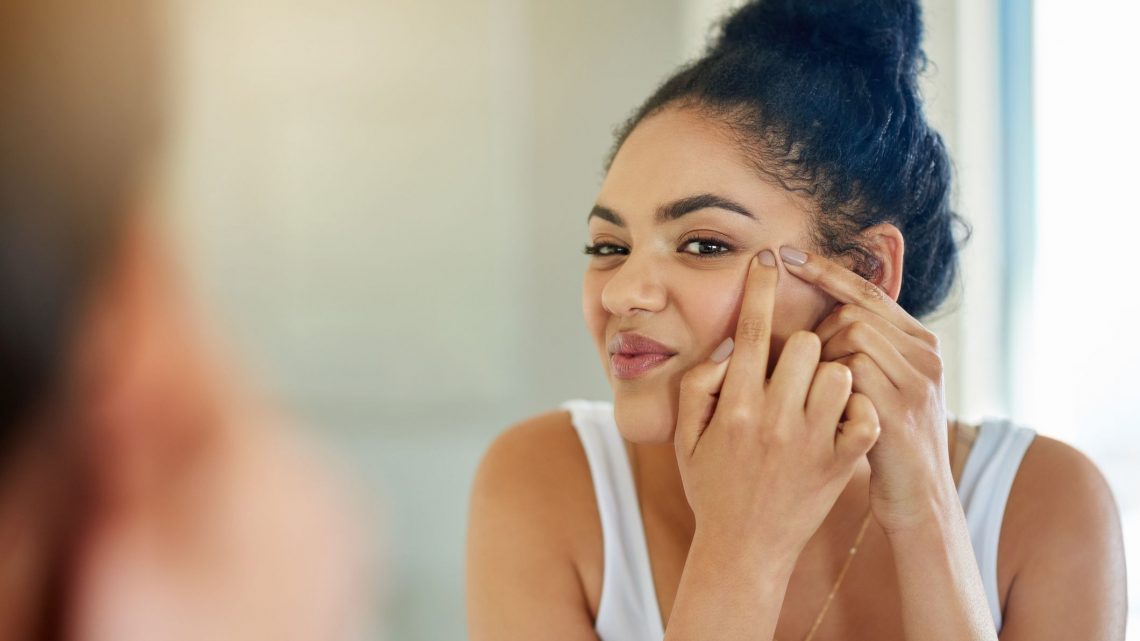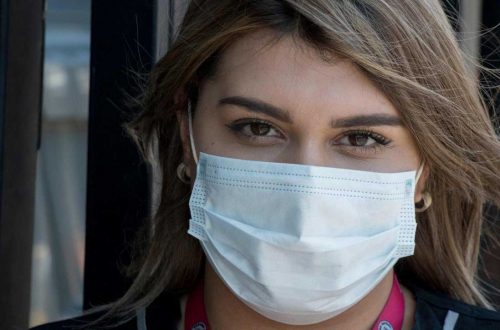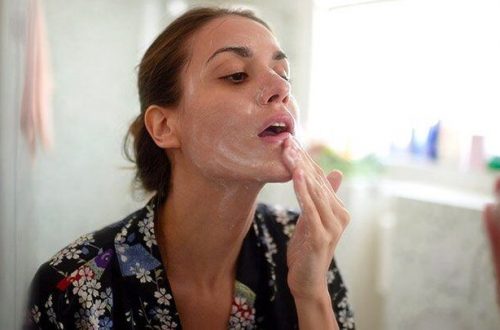
Gluten and its effect on the skin
Gluten is considered one of the main foods in our daily nutritional diet. Wholegrain such as Wheat, Barley, Spelt, Rye, Wheat berries, Durum, etc have several health benefits. Several products contain gluten that can be present in different cereals grains. It is a type of protein that is not only present in cereal but also in other foods like bread, pasta, pizza, etc. Gluten does not necessarily provide good nutrients in our daily life like in our skin rather for many people suffering from celeriac disease or having an immune reaction that is triggered by eating gluten.
How is it a problem?
Most people ask about deducting or preventing the use of gluten in their daily food or skincare. It is present in many skincare products such as lotions, creams, ointments, balms shampoos and conditioners. It is only bad for those who suffer from celeriac disease but other than that it is not affecting the skin or skin-related health. So cutting it out entirely from your diet can lead to nutritional deficiencies. So make sure that unless you have gluten hyper-sensitivity, do not skip or quit your diet.
Gluten in skincare products
Many skincare products use gluten. So unless you have skin sensitivity and reaction, gluten will not create issues such as stomach pain, intestinal cramping, or nausea. It is proven by many dermatologists that gluten doesn’t penetrate your skin merely being present in your topical skincare products as gluten particles are large enough to enter your bloodstream through your skin but only if you ingest it accidentally by washing your face or hair etc.
Five main grains contain that have abundant gluten present in them. These are commonly known as Wheat, Barley, Spelt, Rye, oat, and Malt. Malt is not a perfect grain but it is somehow related to the category of these gluten-containing grains. So whenever looking for gluten-free products Malt is not among those. Oats, another gluten-enriched grain, are more complex than other grains.
There are other wheat and gluten-containing products that are to be avoided. They include Wheat and gluten-containing skincare ingredients to avoid: hydrolyzed wheat protein, hydrolyzed wheat gluten, AMP-isostearoyl hydrolyzed wheat protein, barley extract, Hordeum vulgare extract, malt extract, wheat germ glyceride, Triticum lipids, wheat germ extract, Triticum Vulgare, wheat bran extract, etc.
Important things to know about gluten in skincare
1. healthy skin can never be absorbed through your skin.
2. Those skincare products that contain gluten-containing ingredients used in the formulation of skincare are not necessarily having or contain gluten.
3. One should be precautious when using gluten-containing products in the areas where the danger of ingesting increases, such as lips, open skin or wounds, or rashes.
4. Always read the label before choosing any skin-care product, containing 5 potentially gluten-containing grains, which can help you get a good product, or to wait for the products that have “Gluten-free Labels”.
So while you don’t have any reactions to gluten-related products, you should not avoid or fully eliminate gluten from your diet.





